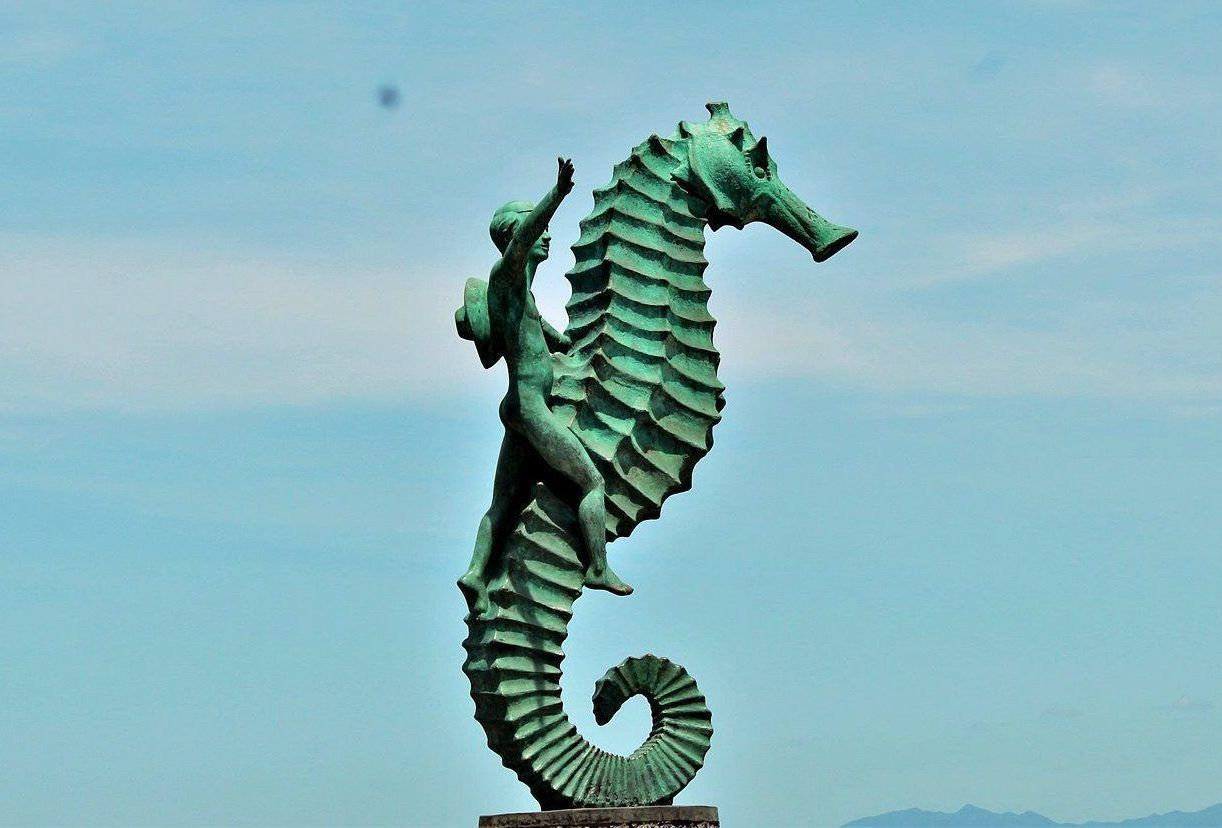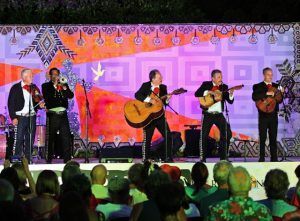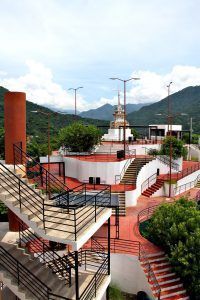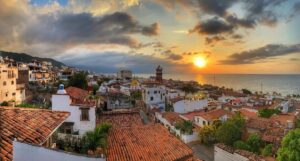It has been with us for half a century. El Caballito has elements that take us back to the pride of being Jalisco. And it represents the friendliest city in the world.
It has been with us for half a century, with fidelity to the test of meteors, with integrity to the test of tidal waves. Hippocampus at last, the sea sometimes seems to claim its creature. But "El Caballito" remains firm among us, demonstrating that "many carats" bronze runs through his veins, flaunting his nature as a quarter horse steed.
To interpret this sculpture, one would have to think about the elements that make it up: the hippocampus or seahorse, the child and the charro hat.
The hippocampus alludes to the sea as a generator of the nature of Vallarta, of the essence of this place. Because the essence of Vallarta is and has been beauty and abundance.
The child is another of the elements of the sculpture. It means hope looking to the future. The child, with a smile on the surface and his arm extended as a sign of welcome, is a symbol of friendship, of kindness, of openness of those at home towards visitors. Symbol of the friendliest city in the world!
The charro hat signifies the culture, traditions and history of this great country that is Mexico. But it also means the pride of being from Jalisco.
History of The Horse
To talk about the history of "El Caballito" it is necessary go back to the six-year term of Governor Francisco Medina Ascencio, 1965-1971. In his cabinet and in front of the recently created Department of State Tourism was Lic. Óscar de la Torre Padilla. This man, a great promoter of tourism in our country, was the creator of the motto "First meet Mexico." Lawyer Óscar de la Torre Padilla conceived the idea of "El Caballito" and commissioned it to the sculptor Rafael Zamarripa for its realization. It was the time of the tourist impulse to the coast of Jalisco, the so-called Costa Alegre. “El Caballito” was placed at the end of the 1960s in Las Pilitas, at the southern end of the Los Muertos Beach. There it remained for a short time as the tidal waves knocked it down. The sculpture returned to Guadalajara for repair. It was lost there for a long time.
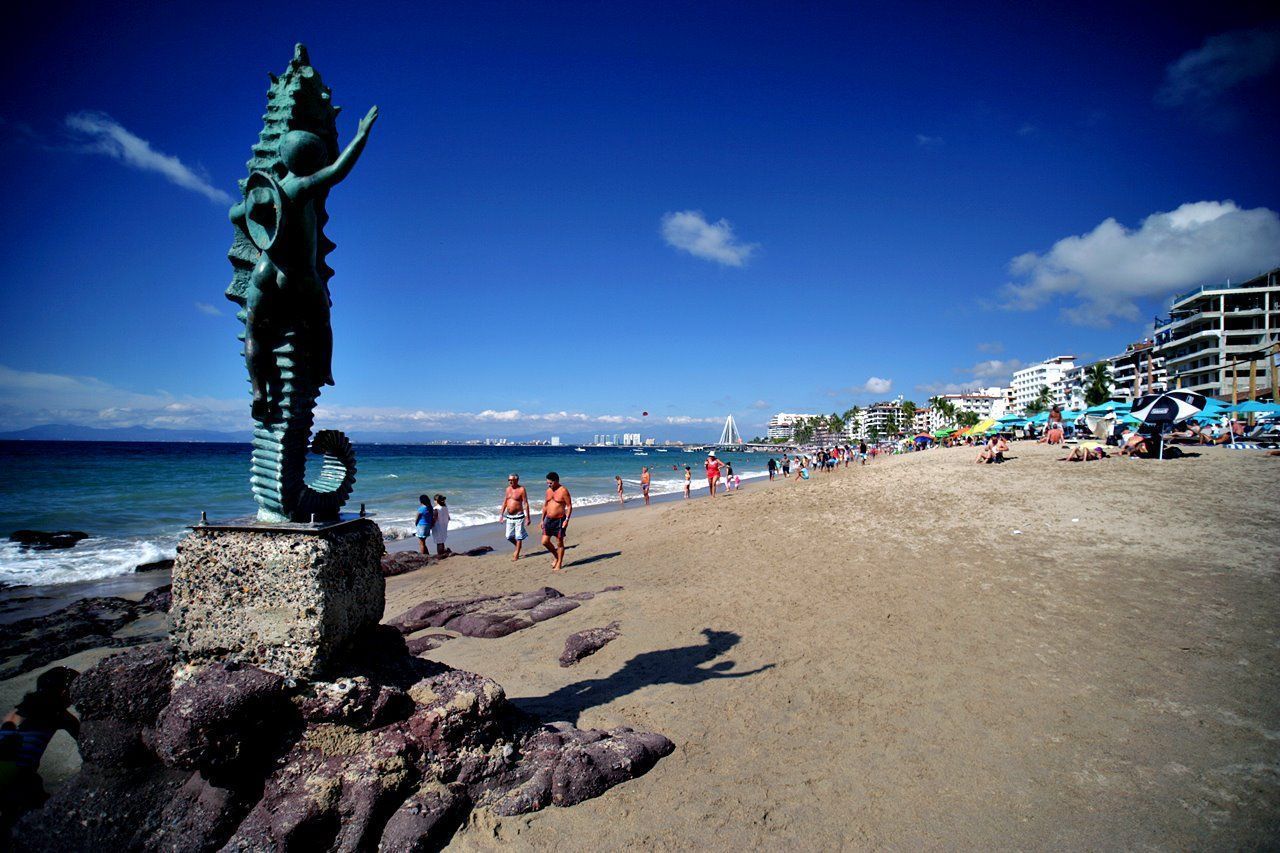
The teacher Carlos Munguía Fregoso, Chronicler of the City par excellence, points out: "When Lic. J. Jesús Jiménez Luévanos served as Puerto Vallarta Tourism Delegate, and he commissioned the same sculptor to make another little horse, which was placed in the boardwalk in front of the old "Faro", and inaugurated in 1976 by the municipal president Mr. José Baumgarten Joya». When the original sculpture was recovered, it was placed again in Las Pilitas, on a reinforced base.
El Caballito in its new location
Today, "El Caballito de Vallarta", the beautiful sculpture of the master Rafael Zamarripa, has changed its site to give more air and consideration to the oldest monument of historical value that we have in front of the sea: the leading beacon or "Faro", as it is popularly known, and which was built in 1932.
It should be said that today, in the minds of the people, "El Caballito" is Vallarta as the Minerva to Guadalajara, or the Angel of Independence to Mexico City.
El Caballito: A traditional icon that represents the friendliest city in the world.
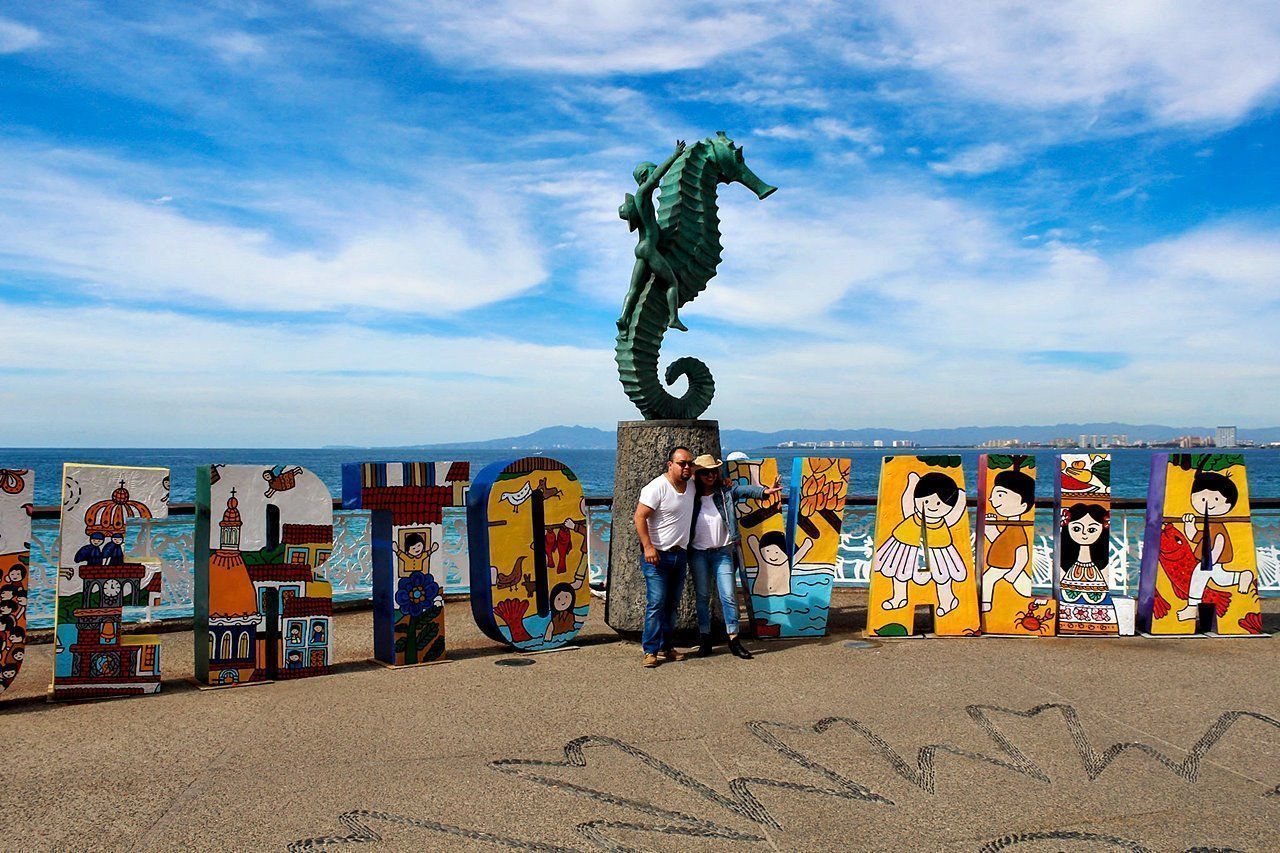
- The day Queen Isabella received the keys to Vallarta - 10 January 2022
- Temple of Our Lady of Guadalupe: Icon of the Vallarta faith - 7 January 2022
- September in the History of Puerto Vallarta - 7 September 2020

